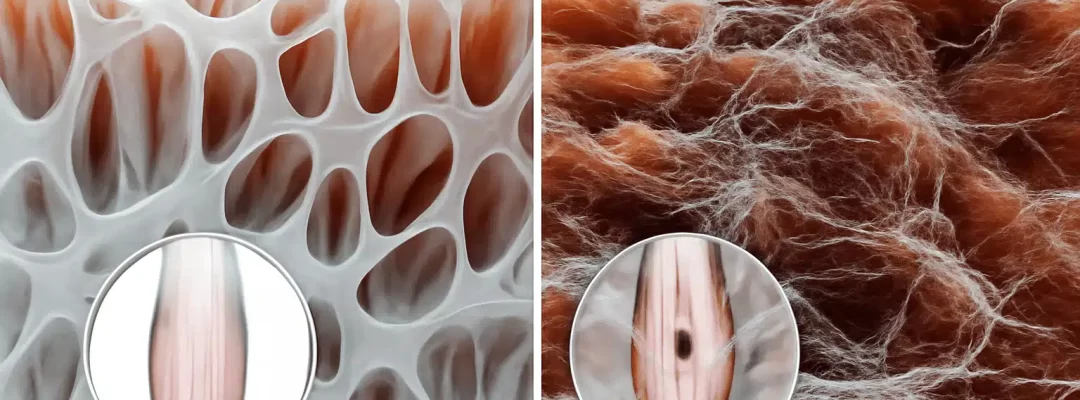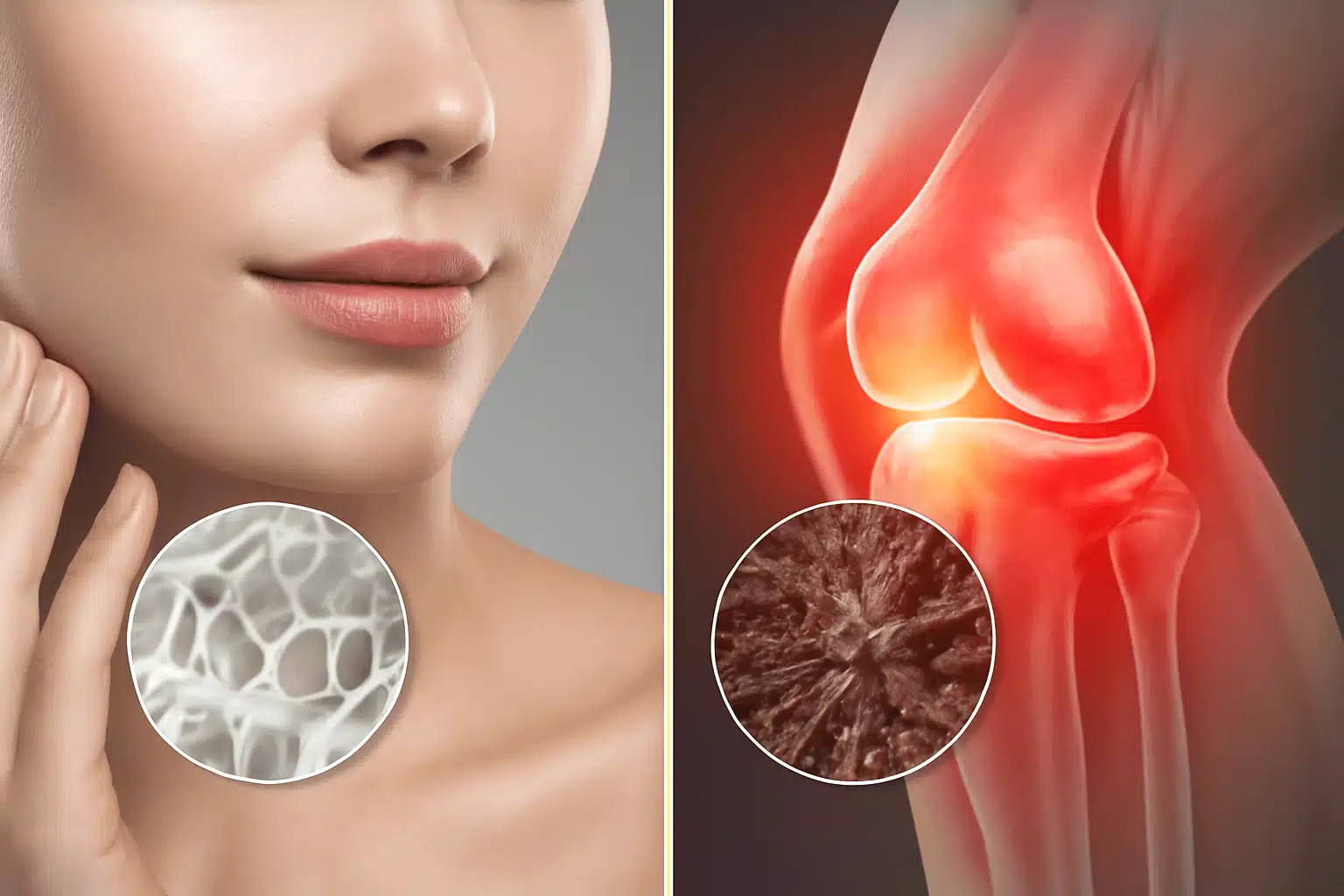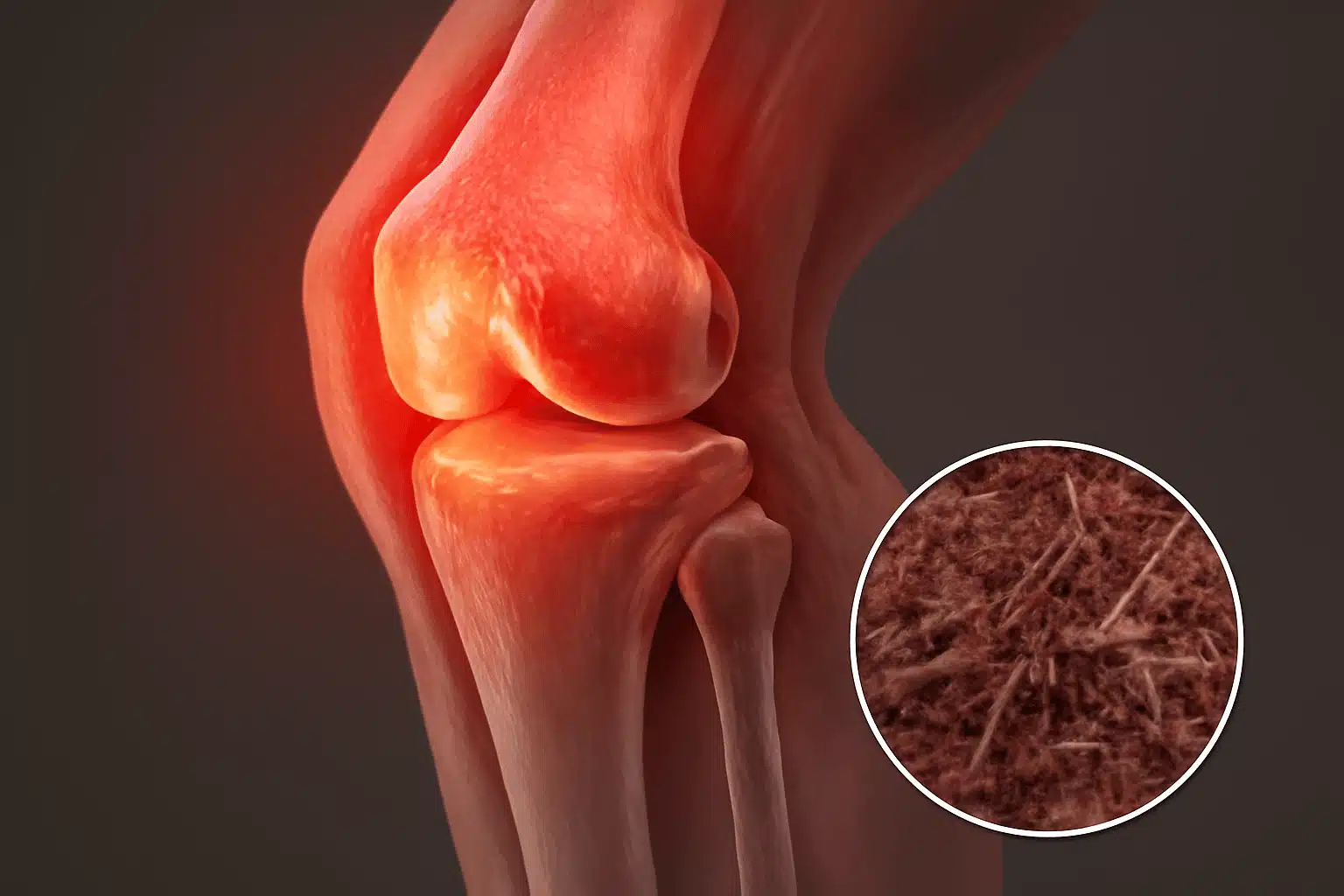Hydrated fascia is a term often overlooked in discussions about the body’s musculoskeletal system, yet it plays a fundamental role in our movement, health, and emotional well-being. Known as the body’s “hidden web,” fascia is a dense connective tissue that surrounds and interconnects muscles, bones, nerves, and organs. Despite its essential function, the quality of fascia often goes unnoticed until it begins to cause pain or discomfort. Emerging research shows that the hydration of fascia significantly impacts its structure and functionality, influencing everything from our skin’s appearance to our range of motion, energy levels, and emotional state.
The importance of fascia cannot be overstated. It’s the body’s internal network that ensures fluid movement, regulates vital processes, and holds the body together in more ways than one.
What Is Fascia and Why Does Hydration Matter?
Fascia is a highly dynamic, fibrous tissue composed mostly of collagen, elastin fibers, and water. It forms a continuous web that extends from the skin down to the bones, creating a network of connections that supports the structure and function of all the body’s systems. When fascia is hydrated, it forms a healthy, structured network that supports efficient movement, optimal tissue health, and smooth interaction between muscles and joints.
Hydrated fascia can maintain its natural flexibility and smoothness, facilitating a wide range of movements without friction or discomfort. On the contrary, when fascia becomes dehydrated, it loses its structure, becoming stiff and rigid. This affects both the physical body and the nervous system, as fascia plays a role in transmitting electrical signals and regulating energy flow.
The Benefits of Hydrated Fascia
When fascia is well-hydrated, it enhances various systems and functions in the body. These include:
- Improved Skin Health and Radiance:
Hydrated fascia helps maintain the structural integrity of the skin. As fascia loses water, the skin loses elasticity, which can lead to wrinkles and a dull complexion. Healthy fascia contributes to youthful, radiant skin by preserving the moisture balance and providing the skin with the nutrients and energy it needs. - Increased Mobility and Flexibility:
Fascia is integral in maintaining muscle flexibility. Hydrated fascia allows for smooth movement by lubricating the collagen fibers within the connective tissue. This reduces friction between tissues and prevents tightness or stiffness in the muscles and joints. The result is an improved range of motion, flexibility, and mobility. - Better Circulation and Lymphatic Flow:
Hydrated fascia aids in the efficient flow of blood and lymph, which are crucial for detoxification and immune function. Lymph fluid carries away waste products, while proper blood circulation ensures that nutrients reach the tissues. Fascia that’s properly hydrated allows these processes to work more efficiently, contributing to overall health and energy. - Optimal Electrical Signal Transmission:
Fascia plays an essential role in transmitting electrical signals throughout the body, facilitating communication between muscles, nerves, and organs. Hydrated fascia ensures that these electrical signals are transmitted quickly and accurately, allowing for smoother muscle contractions and more effective movement. - Enhanced Emotional Stability and Well-being:
The health of fascia has an emotional component as well. It’s believed that fascia stores emotional experiences and trauma. When fascia is hydrated, it is more resilient and able to release stored emotions, reducing feelings of anxiety and stress. This is why practices like massage therapy, yoga, and stretching, which help hydrate and stretch the fascia, can also have therapeutic emotional benefits.
The Consequences of Dehydrated Fascia
On the other hand, dehydrated fascia can lead to a range of issues that negatively impact both physical and emotional well-being. Dehydrated fascia is characterized by its dry, stiff appearance and reduced ability to transmit electrical signals effectively. The collagen fibers within dehydrated fascia lose their flexibility, creating friction and restricting smooth movement. The impact of dehydrated fascia can manifest in various ways:
- Aging Skin and Wrinkles:
As fascia loses hydration, the skin’s elasticity decreases, leading to the formation of wrinkles and sagging skin. This occurs because the fascia is responsible for maintaining the structure beneath the skin. Without adequate moisture, the skin becomes less firm and more prone to visible signs of aging. - Restricted Movement and Stiffness:
Dehydrated fascia creates tightness within the muscles and joints, leading to reduced flexibility. The lack of lubrication between tissues results in friction, causing discomfort and stiffness. This can restrict movement, making everyday tasks such as bending, stretching, or exercising more difficult and painful. - Adhesions and Tension:
When fascia becomes dehydrated, it can develop adhesions, or areas where the tissue becomes stuck to itself or to surrounding tissues. These adhesions can cause discomfort, as they pull on nerves or other tissues, potentially leading to chronic pain. The resulting tension can also impair the body’s natural alignment and posture. - Slowed Healing and Inflammation:
Fascia that is not properly hydrated affects the body’s ability to heal and repair itself. The reduced lymphatic flow and slower electrical conductivity hinder the body’s recovery processes. Inflammation may persist longer, and chronic pain can develop, leading to more long-term health issues. - Stored Emotions and Trauma:
As mentioned, fascia is also believed to store emotions and trauma. Dehydrated fascia is less able to release these emotions, leading to a buildup of emotional tension and mental stress. This is why individuals with restricted fascia often experience heightened feelings of anxiety, depression, or trauma-related symptoms.
How to Maintain Healthy Fascia
Maintaining healthy fascia is essential for both physical and emotional well-being. Here are some strategies to ensure fascia remains hydrated and functional:
- Hydration: Consuming adequate water is crucial for maintaining healthy fascia. Drinking water helps keep collagen fibers lubricated and maintains the tissue’s flexibility.
- Exercise and Movement: Regular physical activity, such as stretching, yoga, pilates, or swimming, helps keep fascia pliable and well-hydrated. These activities promote circulation, enhance flexibility, and alleviate tension in the fascia.
- Massage Therapy: Techniques such as myofascial release, deep tissue massage, and fascial stretching help to hydrate and release tension in the fascia. This can improve mobility and reduce pain.
- Nutrition: Eating a balanced diet rich in essential fatty acids, vitamins, and minerals supports collagen production, which is essential for healthy fascia. Omega-3 fatty acids, found in foods like fish, flaxseeds, and walnuts, are particularly beneficial.
Conclusion
Fascia is a crucial component of the body that affects more than just our movement. It plays a central role in how we feel, heal, and even process emotions. Hydrated fascia supports smooth movement, healthy skin, and emotional stability, while dehydrated fascia can lead to pain, stiffness, and chronic health problems. By maintaining proper hydration and incorporating practices such as exercise, massage, and nutrition, we can ensure that our fascia remains healthy, allowing us to move, feel, and heal more effectively.





